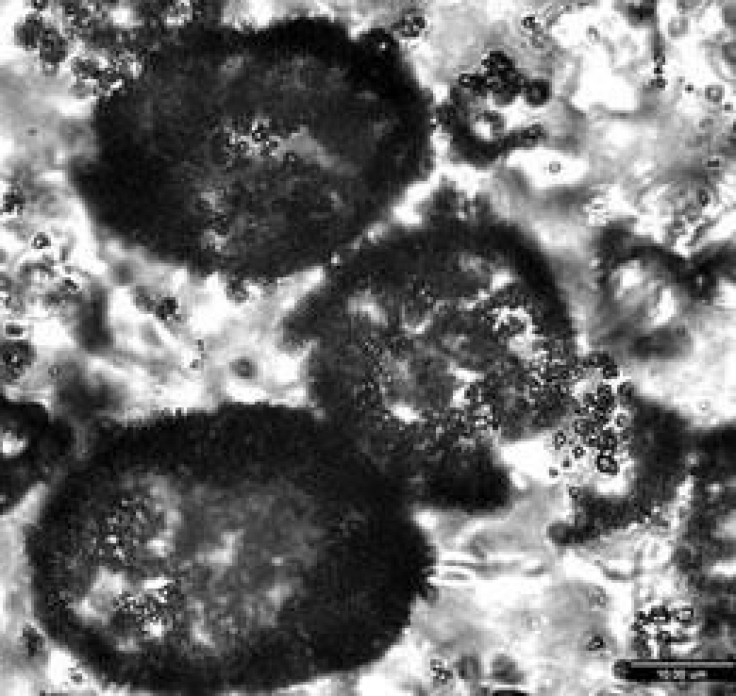Oldest Fossils on Earth Suggestive of Life on Mars

A microbial bacteria fossil discovered by Australian resesarchers may be proof of life on Earth before oxygen 3.4 billion years ago. The Strelley Pool Formation in Western Australia houses stromatolites which have been preserved there. Stromatolies are structures that are formed in shallow water through the trapping, binding, and cementing sedimentary grains using biofilms and microorganisms.
The researchers said that life on Earth was born after the Late Heavy Bombardment, when waves of asteroids slammed into the planet, heating its surface and boiling its oceans. The bombardment ended 3.85 billion years ago and took out budding life.
According to Sunday's issue of Nature Geoscience, the structures found in black sandstone at the Strelley Pool appear to have biological origins. Professor Martin Brasier, the main researcher in the study, said that 5-80 micrometer structures showed evidence of cell walls and spherical, rod, and ellipsoid shapes.
The sandstone was a beach on one of the islands that began to appear above the ocean's surface 3.4 billion years ago and lived under widely divergent conditions from those that are seen today. The moon was much closer to the earth and tides were enormous. The atmosphere consisted largely of methane as plants were not evolved enough to produce oxygen. Oceans were heated to extremely high temperatures due to methane as plants had not yet evolved enough to provide oxygen.
The scientists said that the organisms, which lived in the pebbles, appear to be predecessors to today's bacteria.
Paleontologists also said that since microbes do not have skeletons, they are difficult to identify. Furthermore, as they are dated back to ancient, there is a margin of error.
Still, the uniformity of the structures that appear to be cell walls suggests that they are biological and not mineral.
If the Strelley Pool structures are what they seem to be, they used metabolized sulphur, not oxygen, as their source of energy, implying that life may have existed on Mars.
© Copyright IBTimes 2024. All rights reserved.











